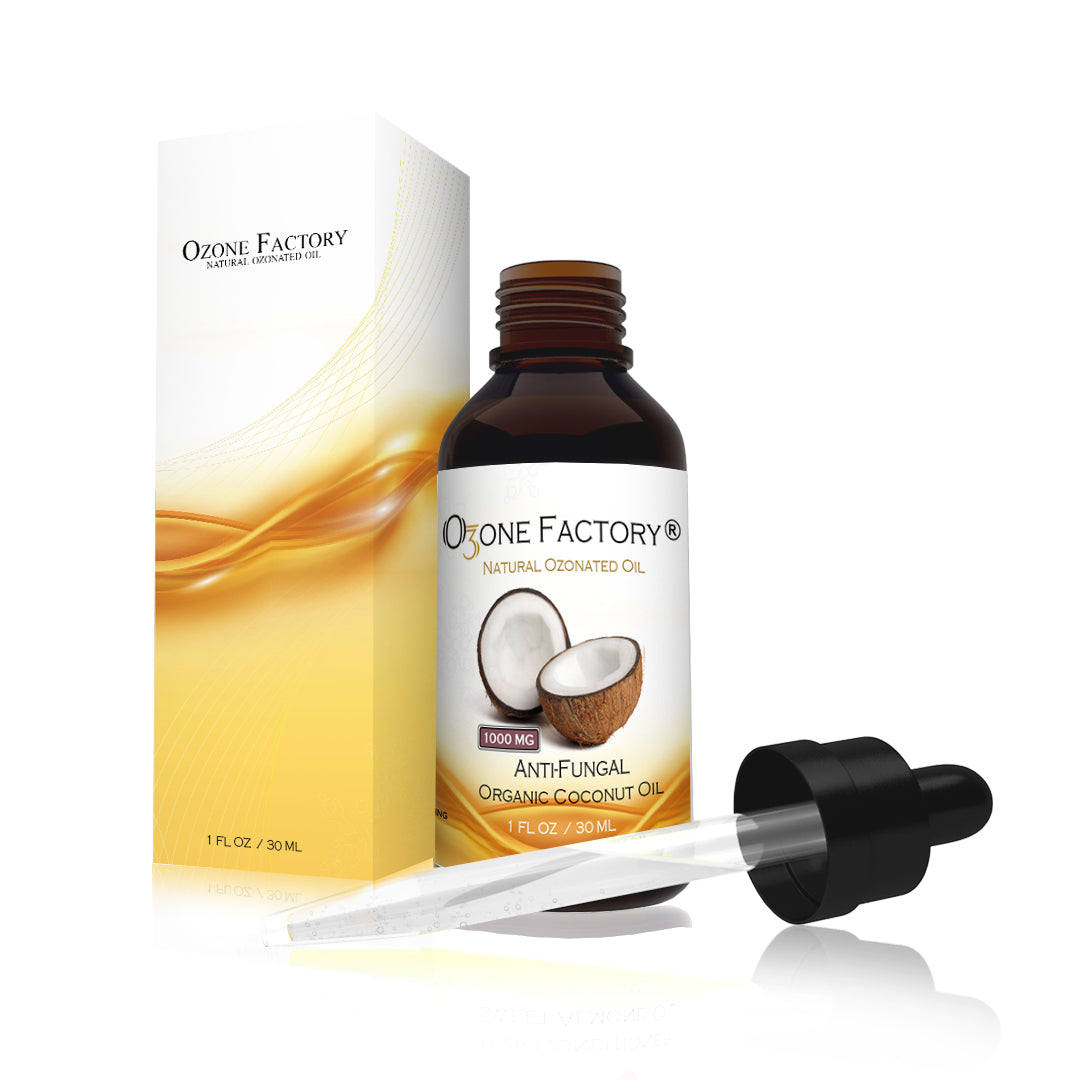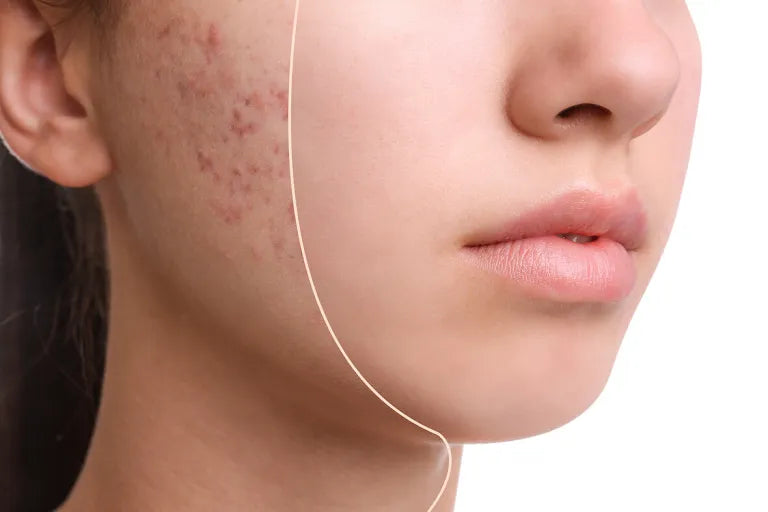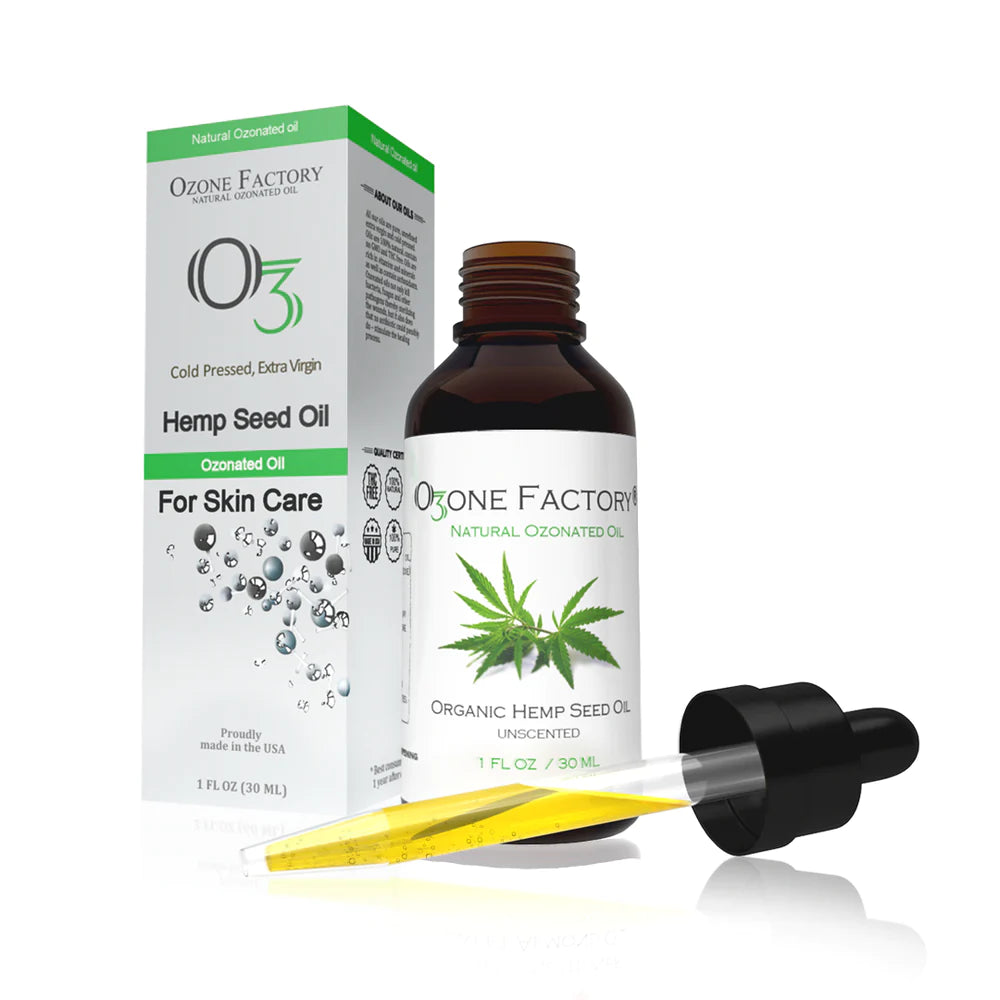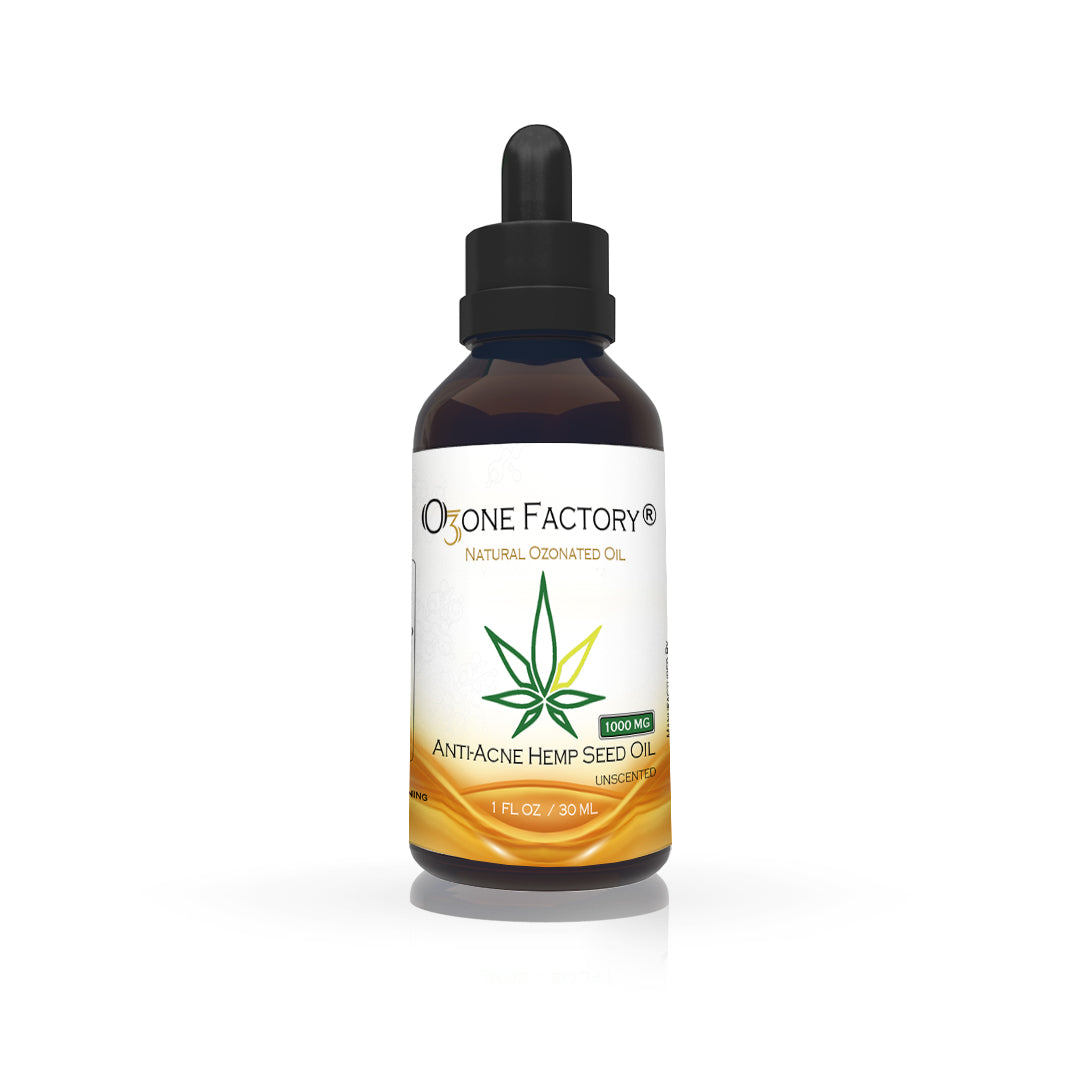

The physiologic actions of ozone are many, the simplest of which is to provide sufficient oxygen to allow complete oxidation of sugars and other fuels to produce sufficient energy and to “burn clean” to CO2, water, and inert end products. If not enough oxygen is available, then incomplete oxidation occurs, producing carbon monoxide, lactic acid, and partially oxidized toxins that inhibit further oxygen metabolism and clog the system, tying up hemoglobin, water, and the mechanisms for function and elimination. In all animals it serves as an anticancer, antiviral, antibacterial, and antifungal agent. Ozone is unsurpassed, especially since there are no appreciable side effects.

Ozone has been found to be an extremely safe medical therapy for pets, free from side effects other than respiratory irritation which clears up with a dose of Vitamin C. Ozone treatment is safe because healthy cells are surrounded by an enzyme coating, which ozone does not penetrate. Bacteria and viruses have no such coatings and are oxidized on contact with ozone. Ozone also promotes the production of glutathione peroxidase, catalase, reductase, and super-oxide dismutase, which are the enzymes forming the cell wall coating and, therefore, cellular immunity is enhanced.
Oxygenation. Oxygen deficiency is key to the development and progression of all disease processes. Doctor Otto Warburg’s work, confirmed by many others, shows that this deficit and subsequent toxin buildup is the fundamental cause of all degenerative disease.
Detoxification. Ozone potentiates free radical scavenging substances and systems in the body, inducing the production of superoxide dismutase, catalase, and glutathione peroxidase. Antioxidants help the body to protect itself from excessive oxidative damage caused by multiple free radicals, many of which are deactivated by ozone. The support of free radical scavenging systems is important but only oxygen can improve the deficit that makes cells vulnerable to oxidative damage in the first place. Long-term ozone therapy can be augmented by supplementation with antioxidants, but normally they should not be administered within 4 to 12 hours of ozone therapies.
Supportive of other treatments, ozone potentiates complete oxidation and helps to maintain more normal body temperature and increases the effects of most hormones, vitamins, herbs, homeopathics, and drugs. Concurrent ozone administration reduces the amount of chemotherapeutic drugs needed to achieve the effect by ¼ to ¾. It complements chelation therapies and frequently improves the effect and sense of well-being in patients. Also, ozone therapy facilitates the rapid resolution of healing crises in pets started by other treatments.

Some veterinary practices are using ozonated olive oil for hot spots, skin wounds, dermatitis, abscesses, gingivitis, ringworm and more. We even sell it to a zoo where it is used with an older gorilla for skin problems.
A major advantage to ozonated oils for pets is that they are non-toxic and do not have a long list of side effects. If the animal licks the oil, you won’t have to worry about rushing him to the vet. Ozonated oil made with organic oils and no preservatives or stabilizers is one of the most natural options available.

Because animals are different, with different allergies and skin types, you’ll want to consider your pet’s individual needs before use (and talk to your vet about whether ozonated oils are right for the situation if you have questions). Animals with sensitive skin may do better with ozonated jojoba oil. Ozonated olive oil is often preferred for normal skin. Ozonated hemp oil is sometimes used, but keep in mind that it is very strong. You’ll want to watch your pet’s reaction to make sure the oil is the right fit for her skin type.






